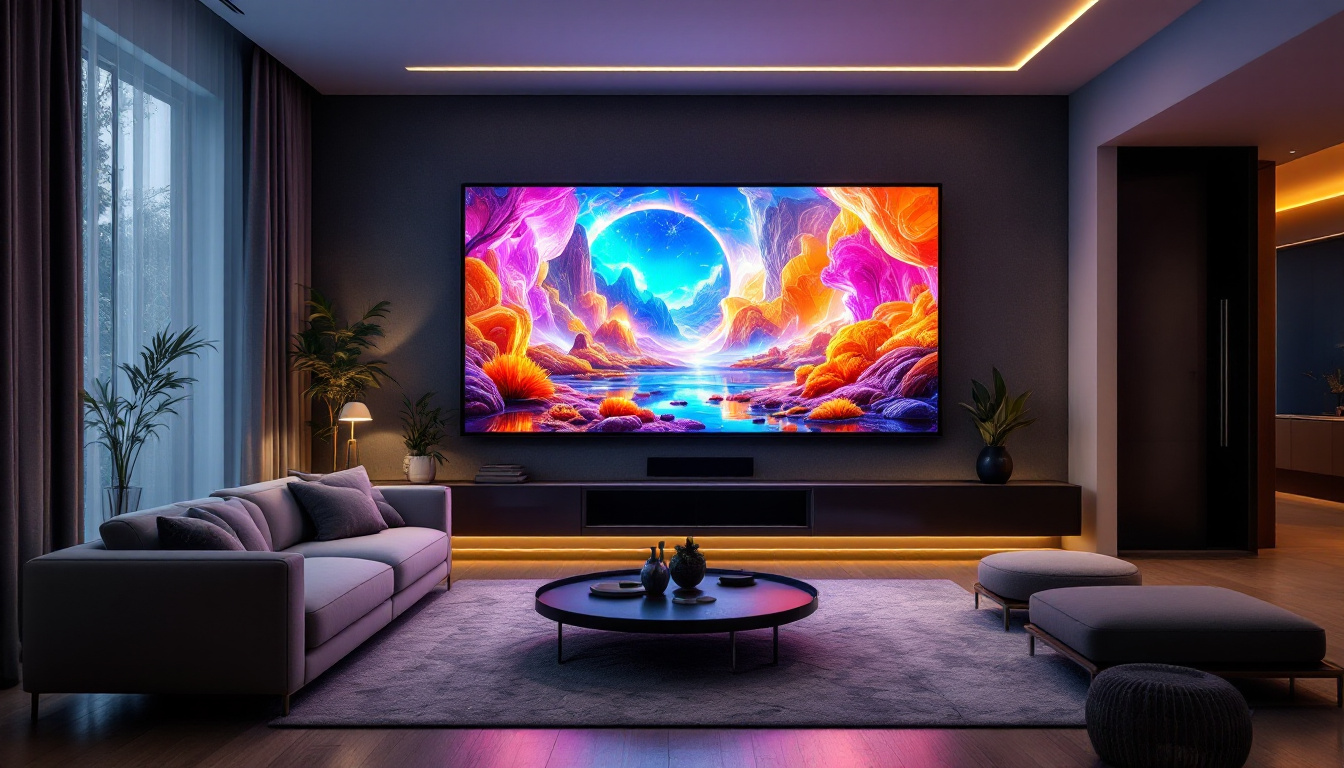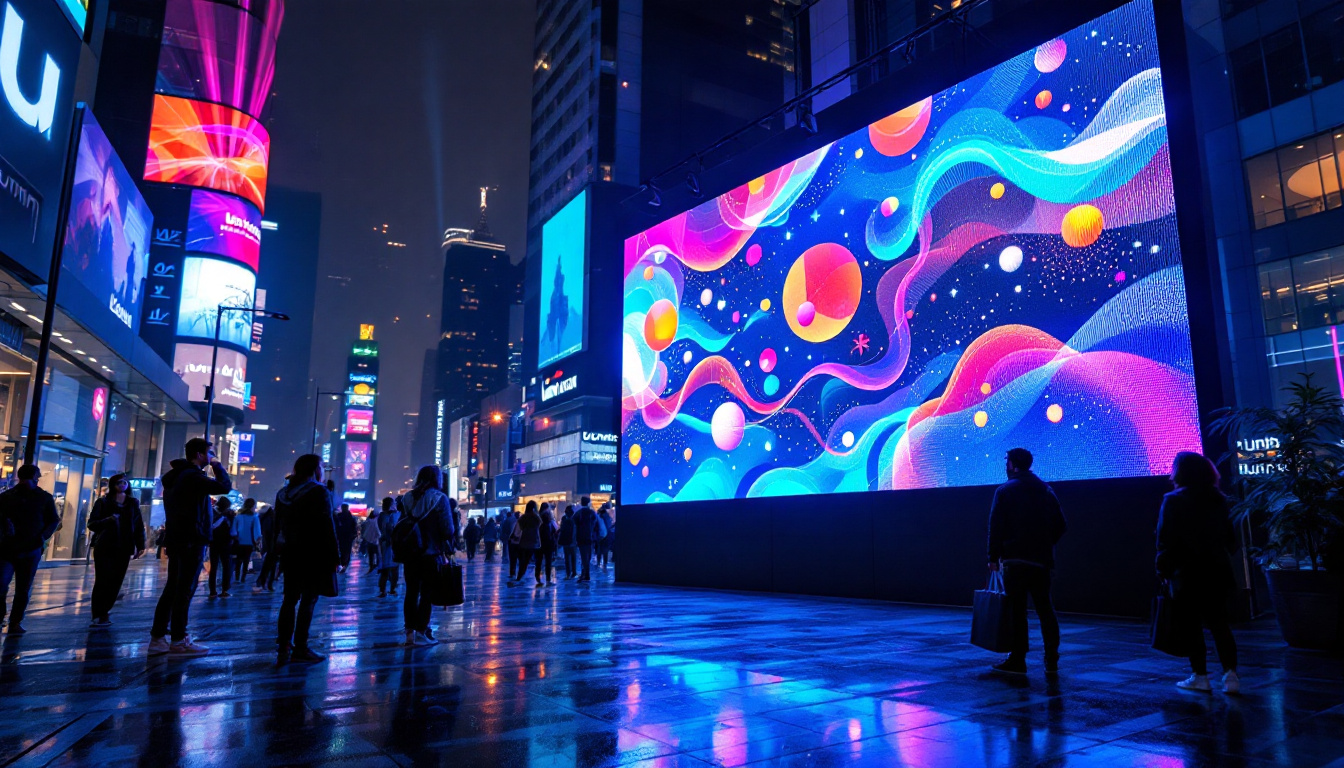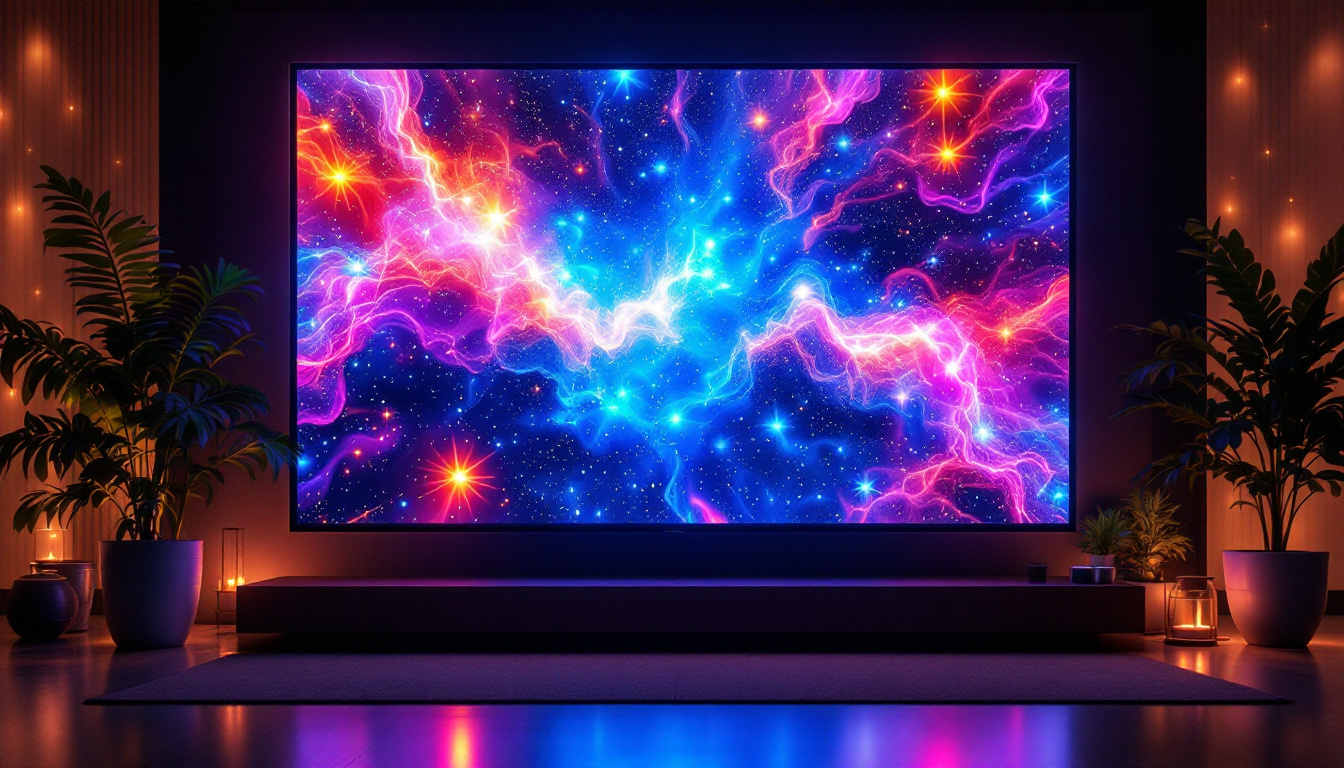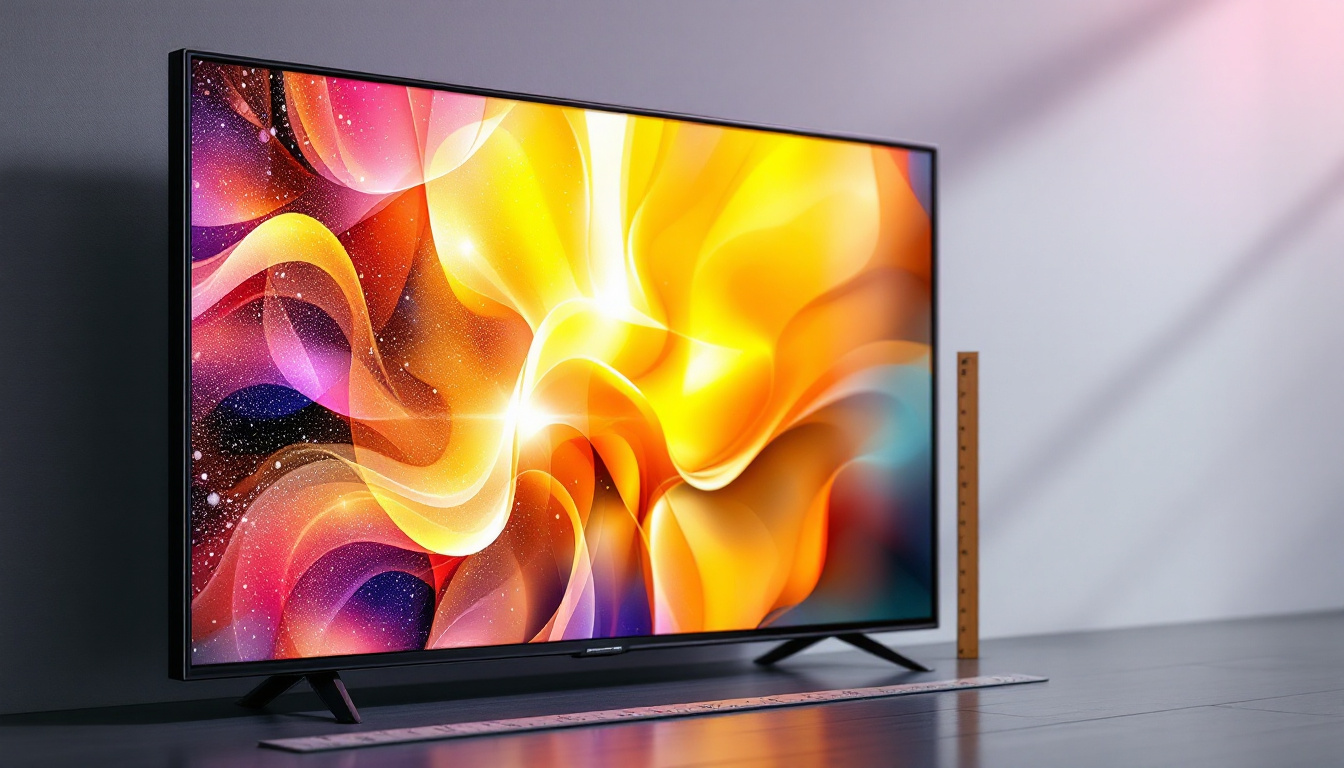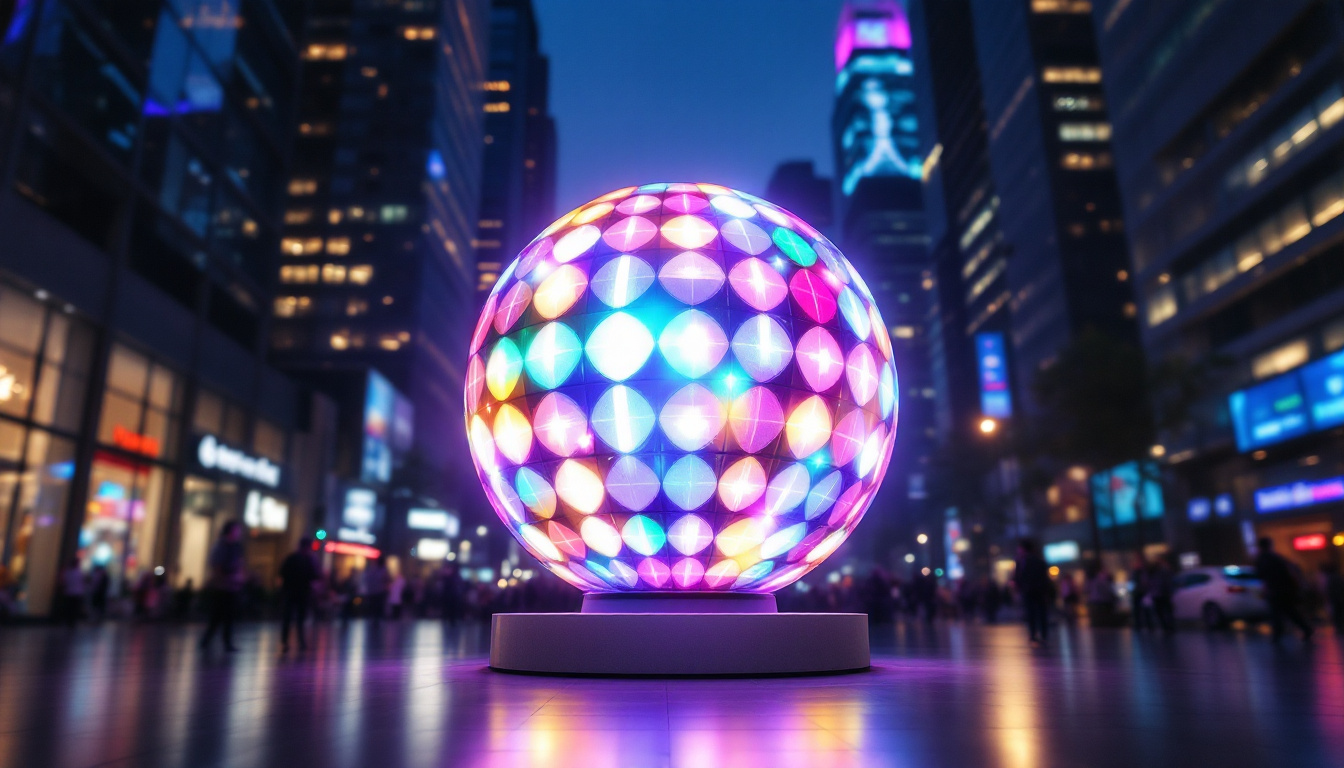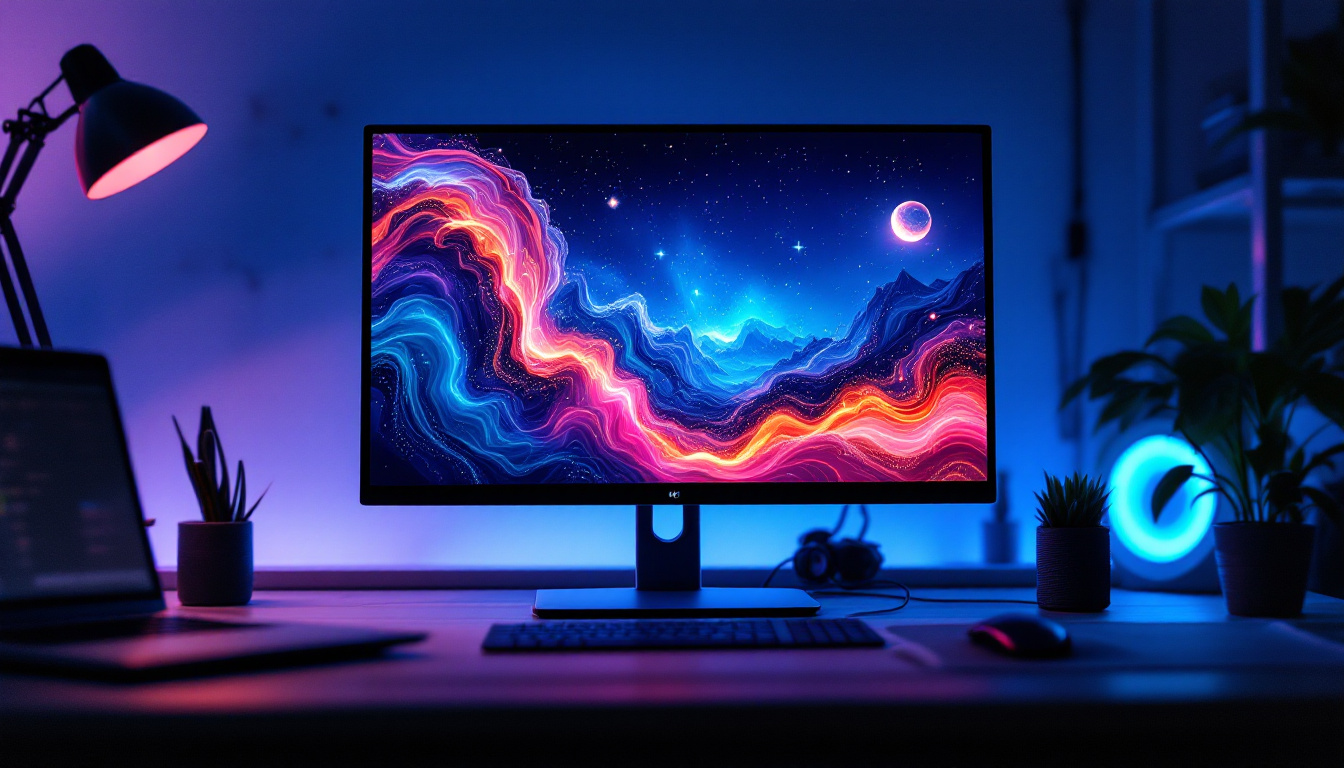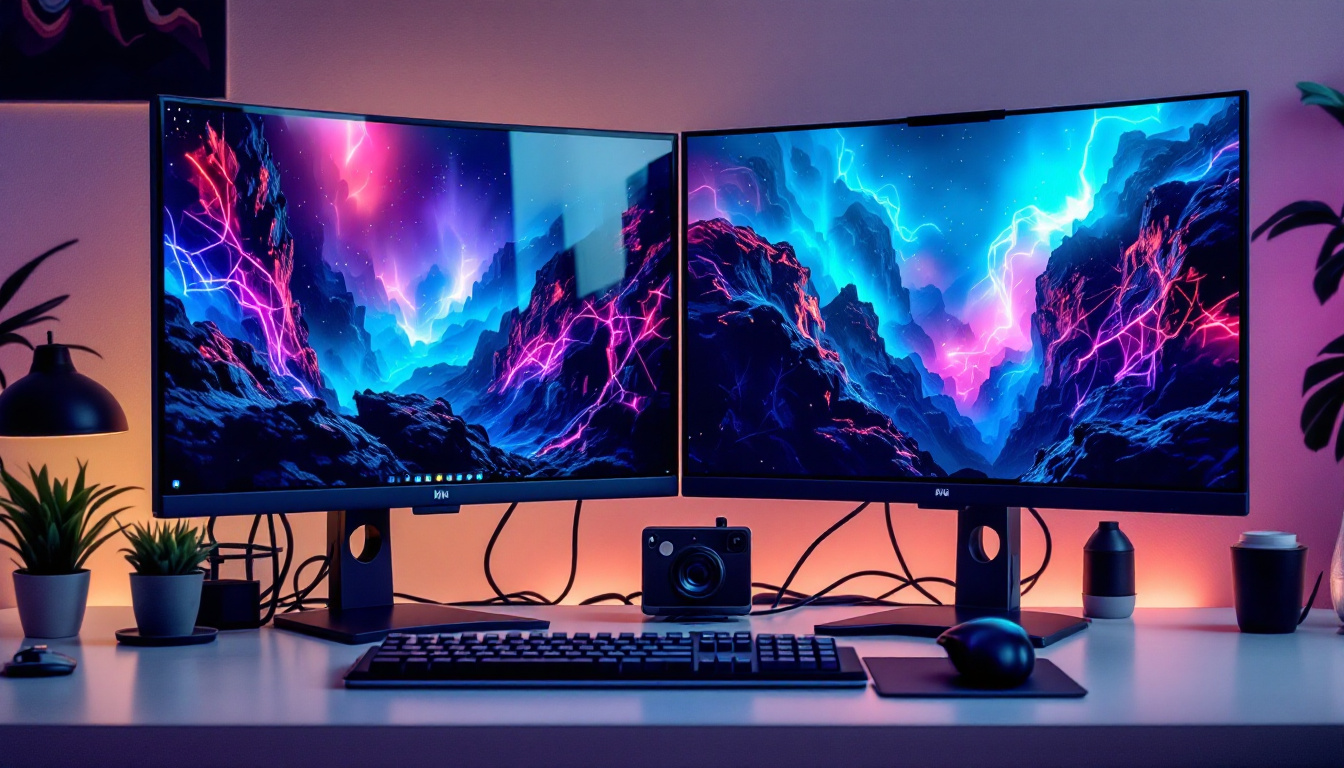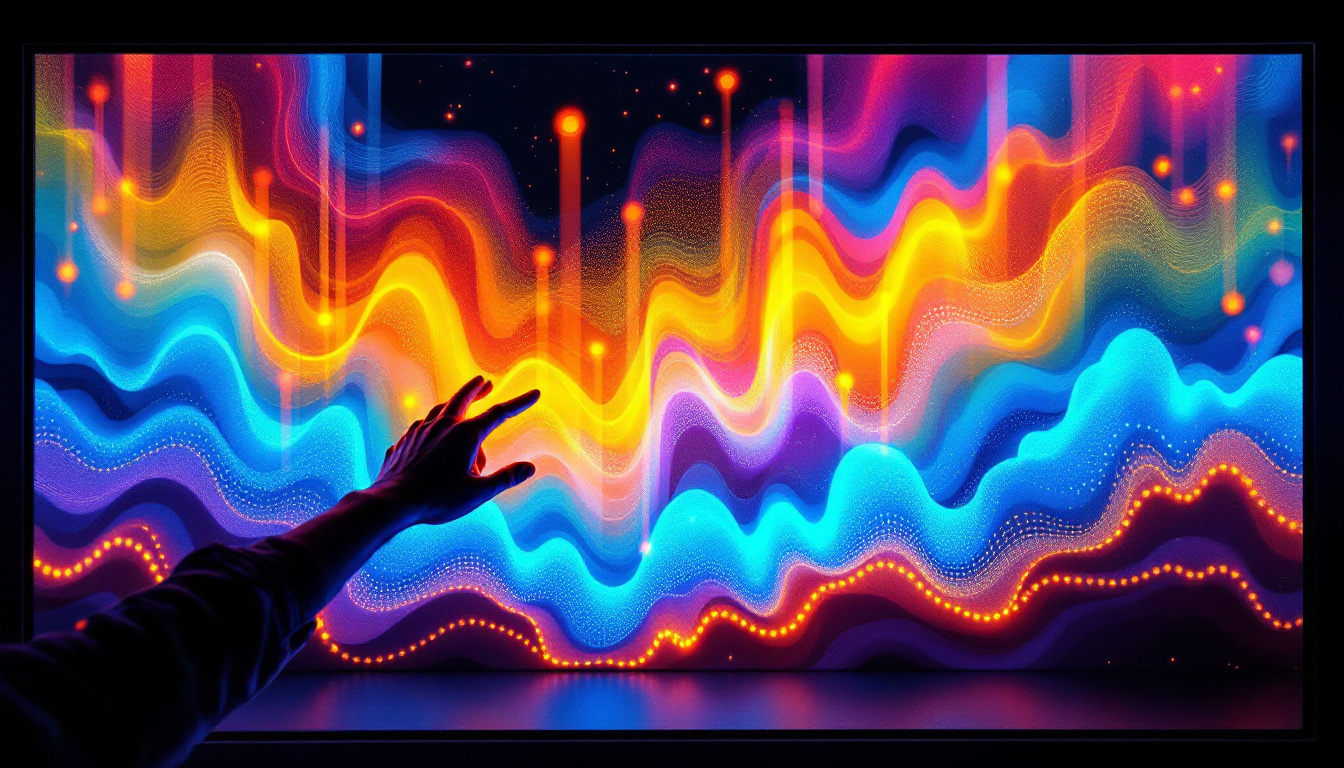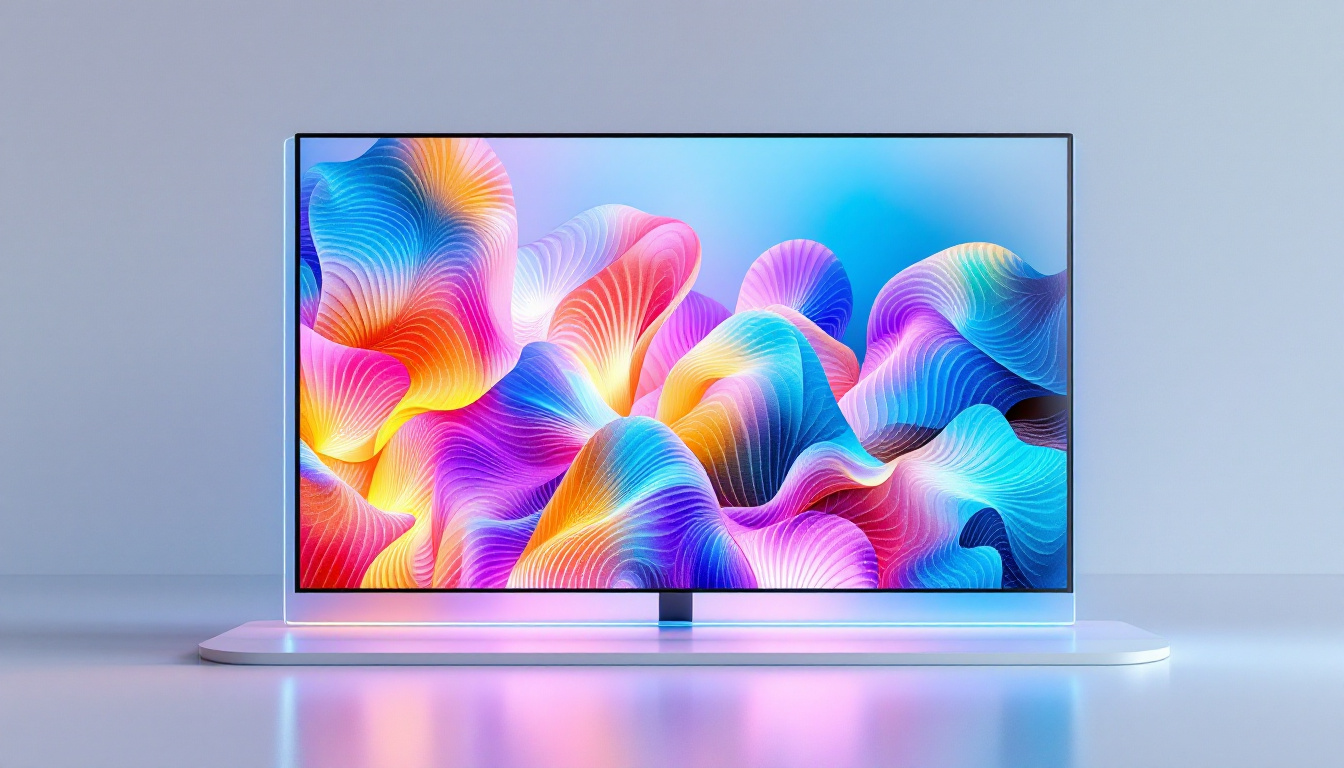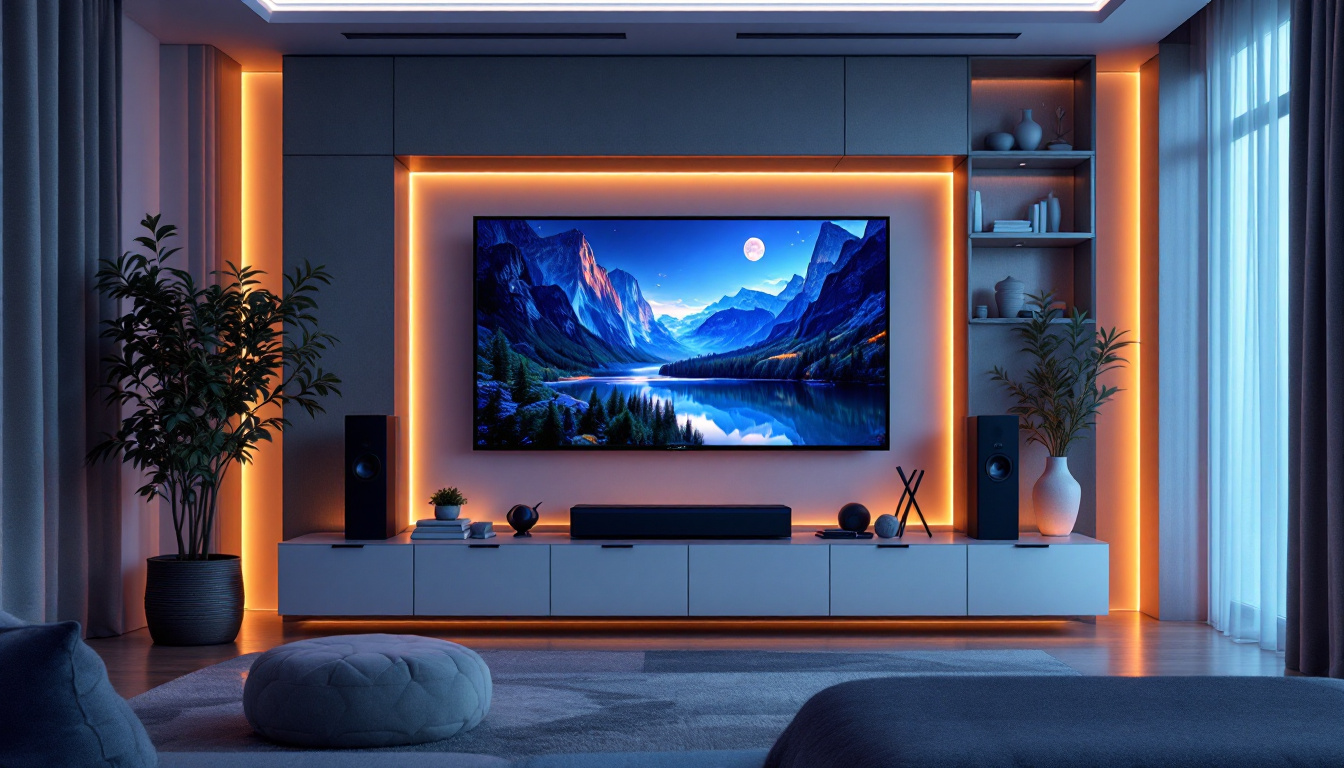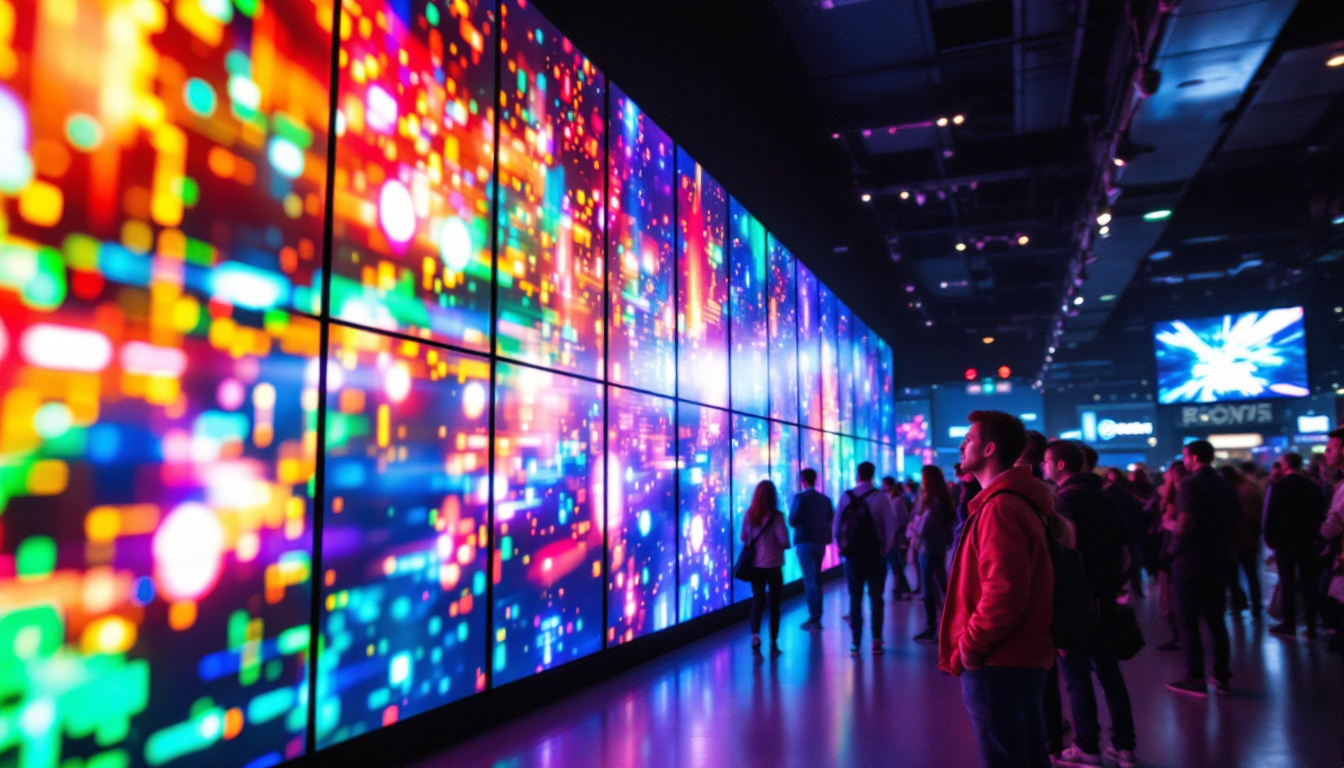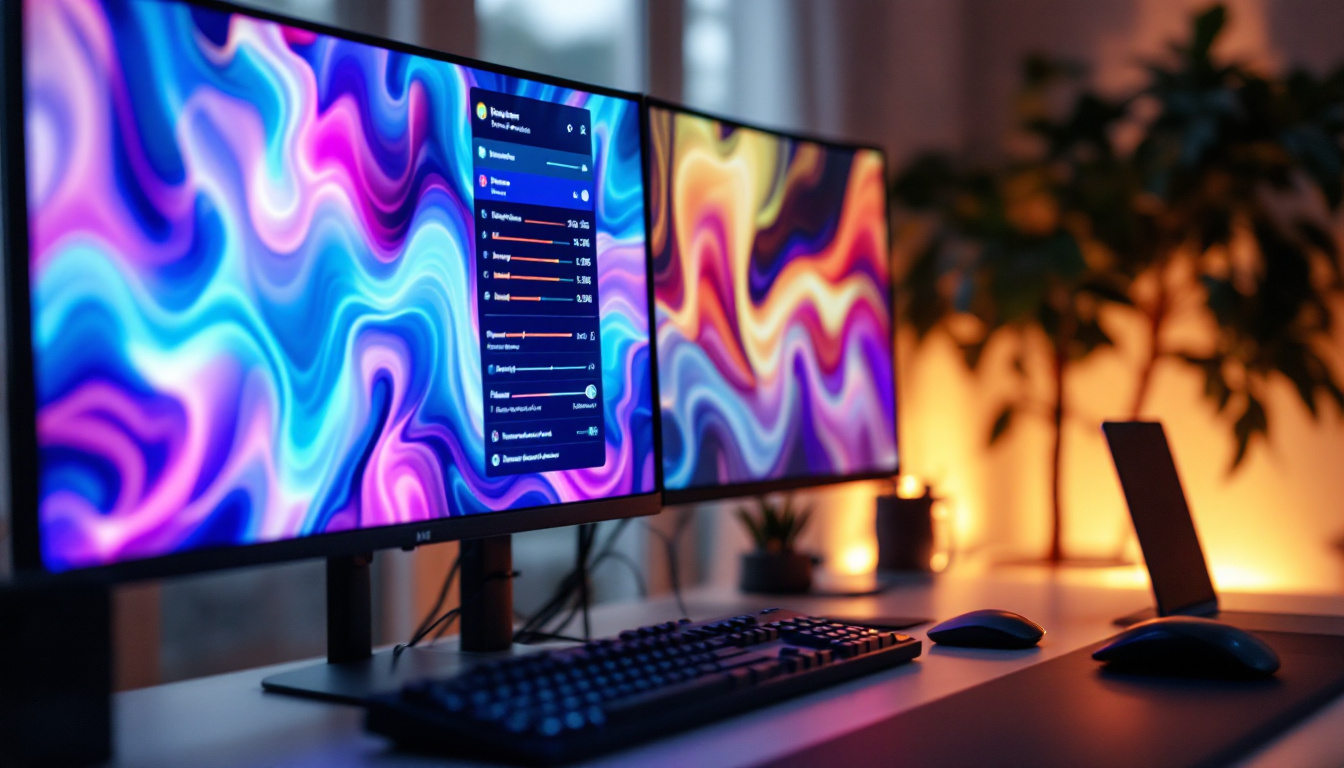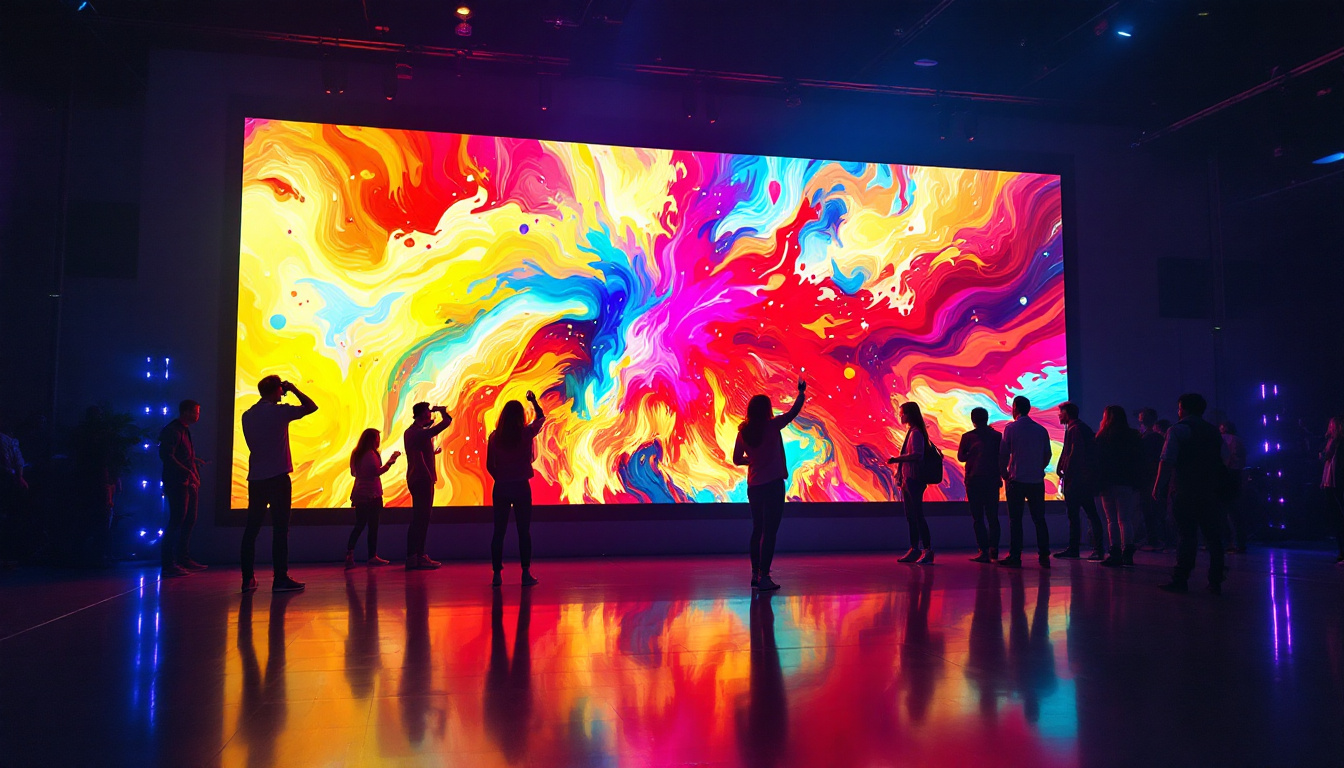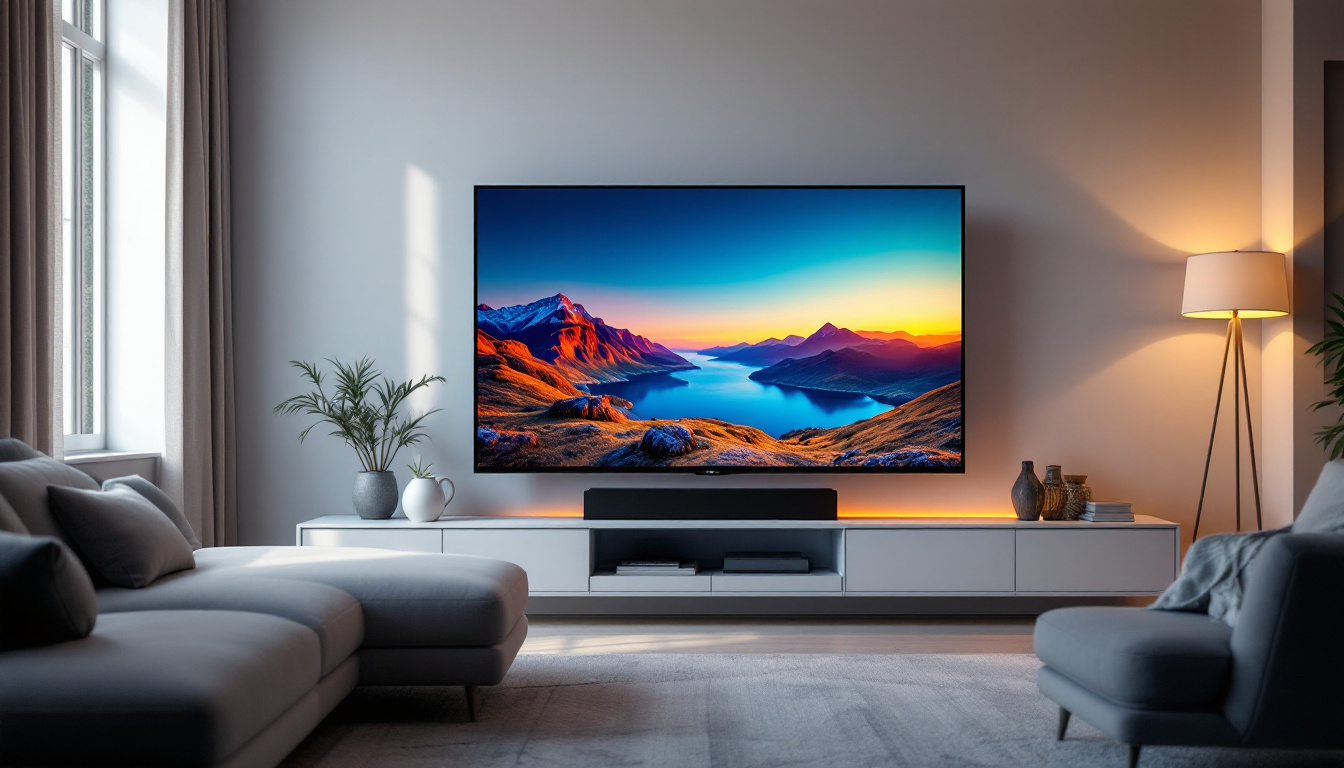The screen contrast ratio is a critical specification that often influences the quality of visual experiences on LED displays. Understanding this concept can greatly enhance one’s appreciation of the technology behind screens, whether for gaming, professional use, or casual viewing. This article delves into what contrast ratio means, how it is measured, and its implications on display performance.
What is Contrast Ratio?
At its core, contrast ratio refers to the difference in luminance between the brightest white and the darkest black that a display can produce. It is a vital metric that determines how well a screen can display images with depth and clarity. A higher contrast ratio indicates a greater difference between the light and dark areas, which can lead to more vibrant and lifelike images. This characteristic is especially important for activities such as gaming, graphic design, and video editing, where accurate color representation and detail in shadows and highlights can significantly impact the overall experience.
Understanding the Numbers
Contrast ratios are typically expressed as a ratio, such as 1000:1 or 3000:1. In these examples, the first number represents the brightness of the white, while the second number represents the brightness of the black. A 1000:1 contrast ratio means that the brightest white is 1000 times brighter than the darkest black. This numerical representation is essential for consumers to gauge the potential visual quality of a display. However, it’s worth noting that the perceived contrast can also be influenced by other factors, such as ambient lighting and the viewer’s position relative to the screen, making it crucial to consider these elements when assessing a display’s performance.
Dynamic vs. Static Contrast Ratio
There are two primary types of contrast ratios: static and dynamic. Static contrast ratio is the measurement taken under consistent lighting conditions, reflecting the inherent capabilities of the display. Dynamic contrast ratio, on the other hand, measures the contrast ratio under varying conditions, often utilizing technology that adjusts brightness levels dynamically. While dynamic ratios can appear much higher, they can sometimes be misleading, as they may not represent real-world performance. For instance, a display with a high dynamic contrast ratio may achieve impressive numbers through techniques like local dimming or backlight modulation, but this can lead to inconsistencies in actual viewing scenarios, particularly in scenes with mixed lighting.
Moreover, the impact of contrast ratio extends beyond mere numbers; it plays a crucial role in the overall viewing experience. For example, in cinematic content, a high contrast ratio can enhance the dramatic effect of a scene, making shadows deeper and highlights more pronounced, which is particularly beneficial for genres like horror or action. In contrast, a lower contrast ratio may result in a flat image that lacks the visual intrigue necessary to engage viewers fully. Therefore, when selecting a display, it’s essential to consider not just the specifications but also how those specifications translate into real-world performance and enjoyment.
Importance of Contrast Ratio in LED Displays
The contrast ratio plays a significant role in the overall viewing experience on LED displays. It affects not just the aesthetics of the images but also the functionality in various environments. A high contrast ratio can enhance the perception of detail, making it easier to discern subtle differences in color and texture. This is particularly crucial for professionals who rely on accurate visual representation, such as photographers and videographers, where every nuance can impact the final product.
Impact on Image Quality
When it comes to image quality, a higher contrast ratio typically translates to richer colors and deeper blacks. This is particularly important in applications such as photo editing, graphic design, and gaming, where precision in color reproduction is paramount. Displays with poor contrast ratios may appear washed out, leading to a less engaging visual experience. Furthermore, the ability to display a wider range of colors can significantly affect the artistic expression in visual media. For instance, in gaming, a high contrast ratio can enhance the immersive experience by providing more realistic shadows and highlights, making environments feel more dynamic and lifelike.
Viewing Environment Considerations
The effectiveness of a contrast ratio can also depend on the viewing environment. In well-lit rooms, a higher contrast ratio can help maintain image clarity and vibrancy. Conversely, in darker settings, even displays with lower contrast ratios can perform adequately, as the ambient light does not interfere with the perception of brightness and darkness. However, it is worth noting that the placement of the display and the angle of viewing can also influence how contrast is perceived. For example, displays that are viewed from an angle may suffer from color distortion and reduced contrast, making it essential to consider the design and layout of a space when selecting an LED display for optimal performance.
Additionally, advancements in technology have led to the development of various display types, such as OLED and QLED, which offer improved contrast ratios compared to traditional LED displays. OLED technology, for instance, achieves true blacks by turning off individual pixels, resulting in an infinite contrast ratio that can dramatically enhance the viewing experience. This innovation is particularly beneficial for media consumption, as it allows for a more cinematic experience with vibrant colors and stunning detail, even in the darkest scenes of a movie or video game.
Measuring Contrast Ratio
Measuring the contrast ratio of a display involves specific tools and methodologies. Manufacturers often use standardized tests to determine the contrast ratio, but the results can vary based on the conditions and settings used during testing.
Testing Methods
One common method for measuring contrast ratio involves using a photometer to capture the luminance of a white image and a black image displayed on the screen. The readings are then calculated to determine the ratio. This method can yield accurate results, but it is essential to ensure that the display settings are optimized for testing.
Factors Influencing Measurements
Several factors can influence the measurements of contrast ratios, including the display technology itself, calibration settings, and even the viewing angle. For instance, LED displays can exhibit different contrast ratios when viewed from various angles due to the nature of light emission. Additionally, the calibration of the display can significantly impact the perceived contrast ratio, making it crucial for users to understand how to adjust their settings for optimal performance.
Comparing LED Displays with Other Technologies
LED displays are just one option among various display technologies available today. Understanding how they compare to other technologies, such as OLED and LCD, can provide valuable insights into their strengths and weaknesses regarding contrast ratios.
LED vs. OLED
OLED (Organic Light Emitting Diode) displays are known for their exceptional contrast ratios, often achieving near-perfect black levels due to their ability to turn off individual pixels completely. In contrast, traditional LED displays, which rely on backlighting, may struggle to achieve the same depth of black. This difference can lead to OLED displays providing a more immersive viewing experience, particularly in dark scenes.
LED vs. LCD
LCD (Liquid Crystal Display) technology typically utilizes a backlight, similar to LED displays, but may not achieve the same levels of contrast. The contrast ratio in LCDs can be limited by the type of backlighting used and the quality of the liquid crystal panel. While advancements in technology have improved LCD contrast ratios, LED displays often still hold an advantage, especially in terms of brightness and color vibrancy.
Practical Applications of Contrast Ratio
Understanding contrast ratio is not just an academic exercise; it has real-world implications across various fields. From entertainment to professional applications, the contrast ratio can significantly influence user experience and productivity.
In Gaming
For gamers, a high contrast ratio can enhance the visual experience by providing clearer details in both dark and bright scenes. This is particularly important in fast-paced games where quick reflexes and visual clarity can make the difference between victory and defeat. Many gaming monitors are designed with high contrast ratios to ensure that players can see every detail, even in shadowy environments.
In Professional Settings
In professional environments, such as graphic design and video editing, accurate color representation is crucial. A high contrast ratio allows designers to see subtleties in color and detail, ensuring that their work translates well across various media. Displays with poor contrast ratios can lead to misinterpretations of colors, resulting in less effective designs and edits.
Choosing the Right Display
When selecting a display, understanding contrast ratio is vital, but it should not be the only factor considered. Other specifications, such as resolution, refresh rate, and color accuracy, also play significant roles in determining overall performance.
Evaluating Your Needs
Identifying the primary use of the display can help narrow down the options. For instance, a display intended for gaming may prioritize refresh rates and response times, while a monitor for design work may require a more significant emphasis on color accuracy and contrast ratio. Understanding these needs can guide consumers toward making informed decisions.
Research and Reviews
Before making a purchase, it is advisable to research and read reviews from other users. Many tech websites provide detailed analyses of displays, including their contrast ratios and overall performance in real-world scenarios. This information can be invaluable for potential buyers looking to find the best fit for their requirements.
Future Trends in Display Technology
The landscape of display technology is ever-evolving, with advancements continually pushing the boundaries of what is possible. As technology progresses, so too does the potential for improved contrast ratios and overall display performance.
Emerging Technologies
New technologies, such as MicroLED and MiniLED, are beginning to emerge, promising to deliver even better contrast ratios and color accuracy than current LED and OLED technologies. These innovations could redefine user experiences across various applications, from home entertainment to professional workspaces.
Consumer Expectations
As consumers become more aware of the importance of contrast ratios and overall display quality, manufacturers are likely to respond by prioritizing these specifications in their products. This shift could lead to more competitive pricing and better options for consumers, ultimately enhancing the viewing experience across the board.
Conclusion
The screen contrast ratio is a fundamental aspect of LED displays that significantly impacts visual quality. By understanding what contrast ratio means, how it is measured, and its implications for various applications, consumers can make informed decisions when selecting displays. As technology continues to advance, the importance of contrast ratio will likely remain a key consideration in the ongoing evolution of display technology.
Ultimately, whether for gaming, professional use, or casual viewing, a high contrast ratio can enhance the overall experience, making it a crucial factor to consider in any display purchase.
Discover the Future of Visual Experience with LumenMatrix
Ready to elevate your visual experience with a high-contrast LED display that brings every detail to life? LumenMatrix is at the forefront of LED display technology, offering a wide array of solutions tailored to your unique needs. From immersive Indoor LED Walls to dynamic Outdoor LED Displays and beyond, our mission is to transform your visual communication with unparalleled clarity and impact. Don’t settle for less—check out LumenMatrix LED Display Solutions today and see the difference cutting-edge technology can make.



